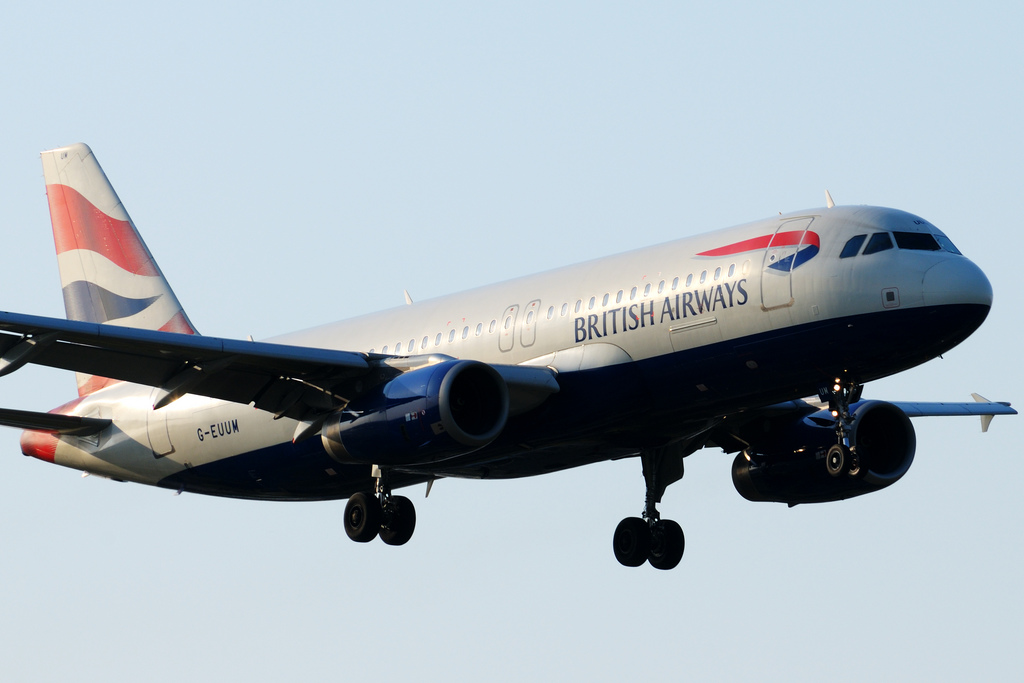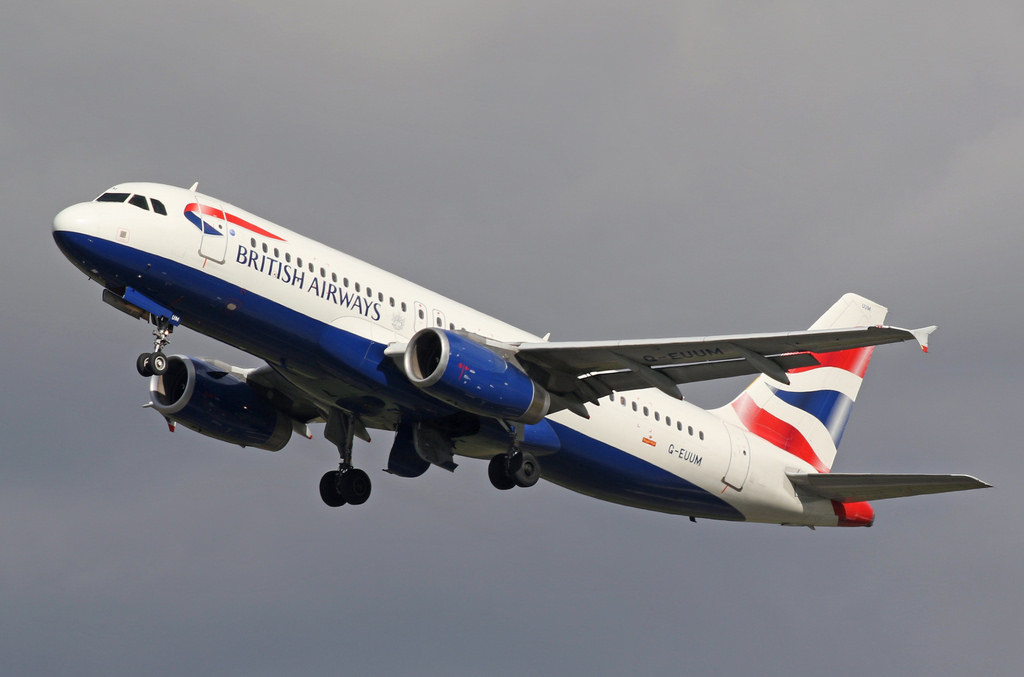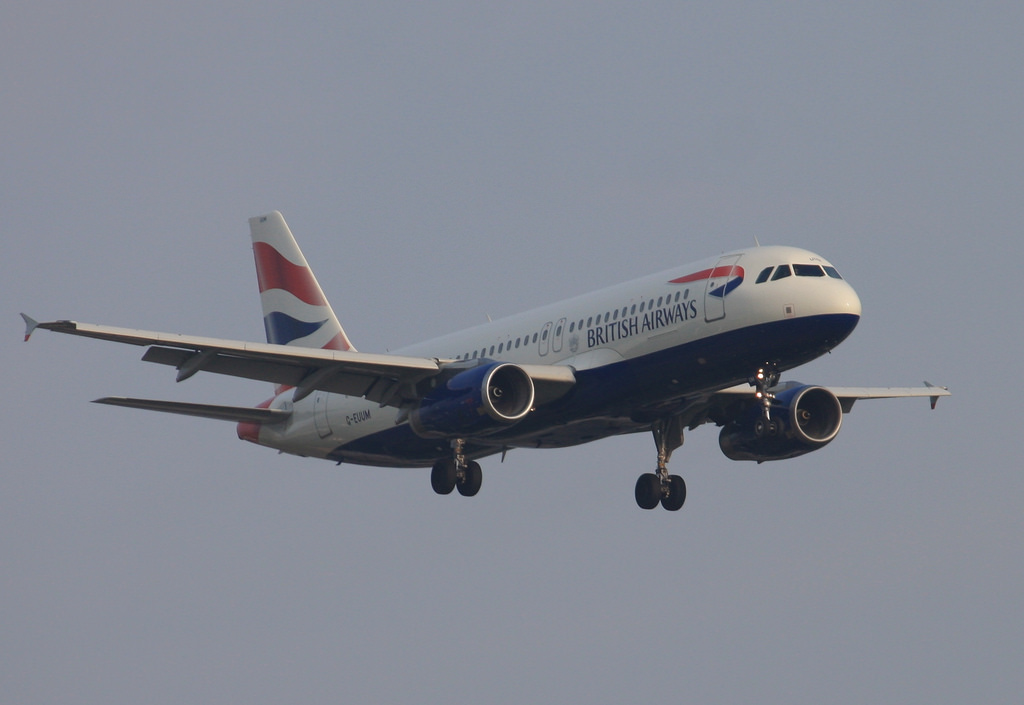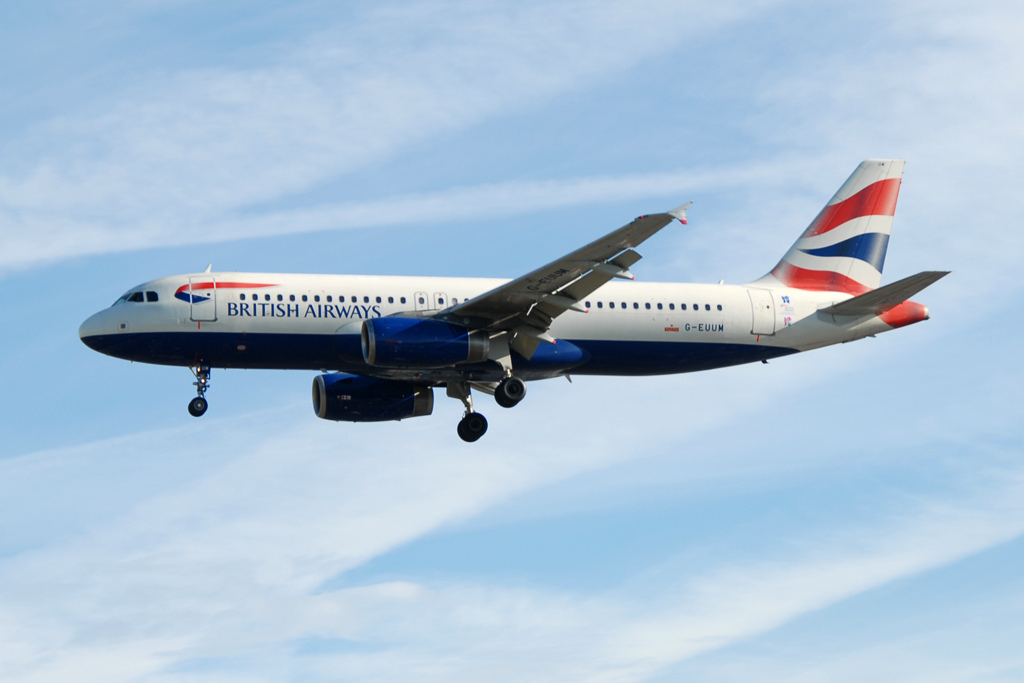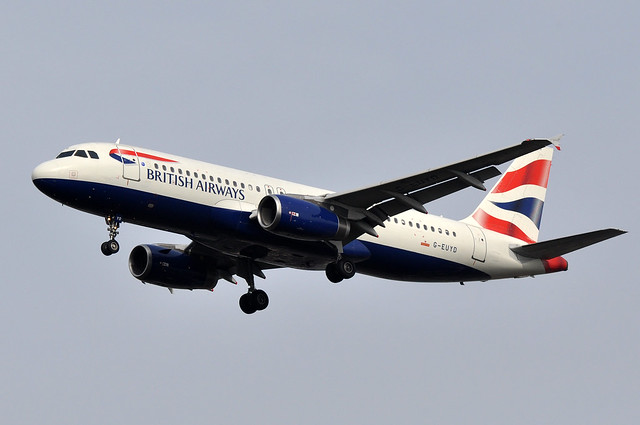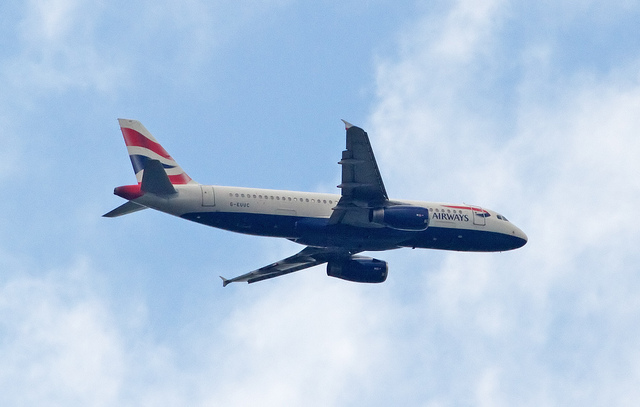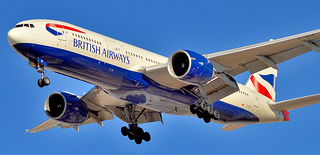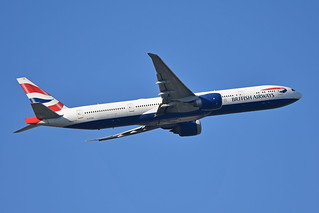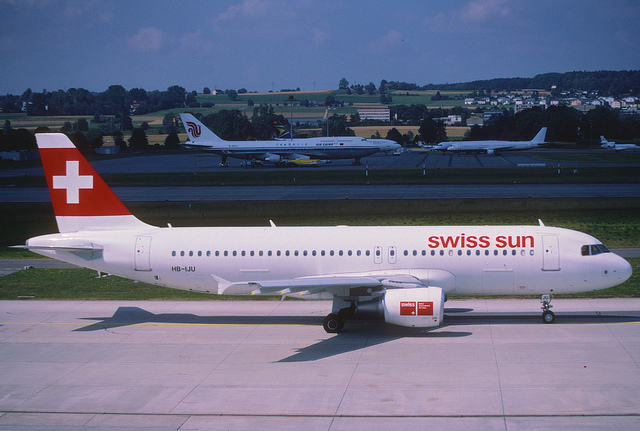British Airways A320 at Basel on Dec 7th 2016, PA34 on go around just above flight deck
Last Update: October 26, 2018 / 00:34:27 GMT/Zulu time
Incident Facts
Date of incident
Dec 7, 2016
Classification
Incident
Airline
British Airways
Flight number
BA-749
Departure
Basel/Mulhouse, France
Destination
London Heathrow, United Kingdom
Aircraft Registration
G-EUUM
Aircraft Type
Airbus A320
ICAO Type Designator
A320
Airport ICAO Code
LFSB
At the time a Piper PA-34 Seneca II was on final ILS approach to runway 15. The PA-34 went around, however, did not climb out, impacted the ground to the left of the runway and burst into flames at 17:41L (16:41Z).
The A320 crew advised tower that the aircraft on the go around had just about cleared their flight deck passing overhead their aircraft. Tower confirmed seeing the PA-34 "really low" overflying the A320, tower apologized that the A320 needed to wait now.
Emergency Services reported one body was recovered from the PA-34, the pilot and sole occupant.
Basel Airport was closed following the crash of the PA-34. The A320 returned to the apron about 45 minutes after the crash. Flight BA-749 was subsequently postponed to the next day.
Although NOTAMs do not indicate the airport is closed, latest information is the airport will remain closed until 23:00L stranding a good number of soccer fans returning to the UK after the match between Basel and Arsenal London on Dec 6th.
On Oct 22nd 2018 the BEA released their final report concluding the probable cause of the accident of the PA-34 was:
The pilot deviated from the instrument approach path, probably because he was using erroneous external visual references acquired a short time before the decision height. These were predominantly situated to the left of the path followed during the ILS approach. This inconsistency did not lead to the pilot immediately conducting a missed approach. The pilot became aware of his mistake at a late stage, at 30 ft above the motorway. He then started to perform a go-around and lost control of his aeroplane during this manoeuvre.
This accident illustrates the importance of making sure that the information from the aeroplane instruments is consistent with the information based on the external visual references, in particular in IMC and during an ILS approach for which the guidance instruments are precise. This monitoring can be difficult in the transition phase between the instrument approach and the visual approach when the conditions are marginal.
The BEA summarised the sequence of events:
At 17:34, the pilot was transferred to the control tower frequency. The controller informed him that he was number 1 for landing on runway 15 and gave him new information about visibility: RVR 750 m at touchdown, 650 m at mid-point, 800 m at stop end. The pilot read back this information and announced that he was continuing his approach. The approach performed by the pilot followed the standard path and slope.
At 17:39:20, when the aeroplane was around 1,300 m from the runway threshold, its flight path started to deviate to the left of the runway centreline (point 1 of flight path), up to the motorway running along the side of the Basel-Mulhouse airport. The lateral deviation reached with respect to the runway centreline was around 260 m (point 3).
At 17:39:54, while the aeroplane was still on the left side of the approach path a few metres from the runway threshold, the pilot advised that he was going to conduct a missed approach (point 5). The controller advised him to follow the standard go-around procedure along the runway centreline and then to climb to 5,500 ft QNH 1035. The pilot read back this missed approach procedure although the radar data showed that the aeroplane seemed to be in a continuous turn (point 7).
At 17:40:26, the controller asked the pilot to confirm his transponder code. The pilot sent his last message at 17:40:33. The content of the last message was not audible. A few seconds later, the aeroplane struck the ground at the PAPI of runway 15 and caught fire.
At 17:40:58, the pilot of a Cessna 525 Citation Jet informed the controller of a fire on the runway.
The PA34 pilot (61) held a PPL with IFR, night flight, single engine piston and multi engine piston rating and had accumulated 3,248 hours total flight time in command, thereof 1955 hours on single piston engine aircraft and 1293 hours on twin piston engine aircraft. The pilot had accumulated 1228 hours of instrument flight, 120 hours night flight and 108 night landings. He owned the accident aircraft, his examiner described him as knowing his aircraft very well.
The BEA analysed:
During his approach, the pilot of HB-LSD was informed by the air traffic controller of the instrument meteorological conditions in force at the Basel-Mulhouse-Fribourg airport. His response indicated that he was aware that these conditions were unfavourable. The pilot chose to carry out this approach which specifies an instrument descent until acquiring visual references on the runway no later than at the decision height. If these references are not acquired at this altitude, the pilot performs a go-around.
The radar data showed that the pilot had followed a nominal approach slope but that at 1 km from the threshold of runway 15 and at 100 ft above the decision height, he deviated to the left of the centreline, towards the motorway. Given the fog, the darkness (it was night time) and the high density of rush-hour traffic on the motorway, it cannot be excluded that the pilot mistook the motorway for the runway. In this case, the pilot may have thought that he had established visual contact with the runway and then may have decided to continue his visual approach, no longer monitoring the instruments which would have allowed him to detect a cross-track deviation with the guidance provided by the ILS.
After flying over the motorway at an approximate height of 30 ft, the pilot realised that it was not the runway and slightly gained altitude while following a direction parallel to the runway centreline. He advised that he was conducting a missed approach while he initiated a turn to the right. The investigation was not able to determine the reasons which led the pilot to execute this turn.
The pilot then made a 360° right turn in around 30 seconds at an approximate height of 340 ft above the runway threshold. At the end of the turn, the aeroplane had climbed to a height of 1,150 ft in around ten seconds at an average rate of 4,800 ft/min. These substantial variations in the observed flight path, both vertically and horizontally, seem to indicate that the pilot was experiencing spatial disorientation, probably due to the absence of exterior visual references and the confusion which can exist in this critical situation.
On completion of a new right turn and after a rapid climb, the aeroplane very probably stalled and then struck the runway safety area. The weather conditions could have caused icing. It was not possible to determine whether the final loss of control could be associated with an icing phenomenon.
Related NOTAM (editorial note: time stamps missing):
A5486/16 - ILS MH RWY 15 U/S FOR MAINTENANCE DO NOT USE, WRONG INDICATIONS POSSIBLE
Metars:
LFSB 071730Z 00000KT 0300 R15/0600U R33/0600N FZFG VV/// M01/M01 Q1035 NOSIG
LFSB 071700Z VRB02KT 0300 R15/0650N R33/0650N FZFG VV/// M01/M01 Q1035 NOSIG
LFSB 071630Z 35004KT 320V020 0350 R15/0900D R33/0800D FZFG VV/// M01/M01 Q1035 NOSIG
LFSB 071600Z 33006KT 300V360 0300 R15/0900U R33/0900U FZFG VV/// M01/M01 Q1034 NOSIG
LFSB 071530Z 33005KT 300V360 0200 R15/0600U R33/0600N FZFG VV/// M00/M00 Q1034 NOSIG
LFSB 071500Z 31005KT 280V340 0400 R15/0700D R33/0650N FZFG VV/// M00/M00 Q1033 NOSIG
LFSB 071430Z 34006KT 0300 R15/1100U R33/1400U FG VV/// M00/M00 Q1033 NOSIG
LFSB 071400Z 34006KT 0500 R15/1700D R33/P2000 FG VV/// 00/00 Q1033 BECMG 0300 FZFG VV///
Incident Facts
Date of incident
Dec 7, 2016
Classification
Incident
Airline
British Airways
Flight number
BA-749
Departure
Basel/Mulhouse, France
Destination
London Heathrow, United Kingdom
Aircraft Registration
G-EUUM
Aircraft Type
Airbus A320
ICAO Type Designator
A320
Airport ICAO Code
LFSB
This article is published under license from Avherald.com. © of text by Avherald.com.
Article source
You can read 2 more free articles without a subscription.
Subscribe now and continue reading without any limits!
Read unlimited articles and receive our daily update briefing. Gain better insights into what is happening in commercial aviation safety.
Send tip
Support AeroInside by sending a small tip amount.
Related articles
British Airways A320 at Milan on Apr 4th 2024, engine shut down in flight
A British Airways Airbus A320-200, registration G-EUYD performing flight BA-568 from London Heathrow,EN (UK) to Milan Linate (Italy), was on approach…
British Airways A320 at Manchester on Mar 28th 2024, smoke in cockpit
A British Airways Airbus A320-200, registration G-EUUC performing flight BA-1396 from London Heathrow,EN to Manchester,EN (UK), was on approach to…
British Airways B772 over Atlantic on Mar 15th 2024, one of the pilots incapacitated
A British Airways Boeing 777-200, registration G-VIIP performing flight BA-2272 from New York JFK,NY (USA) to London Gatwick,EN (UK), was enroute at…
British Airways B773 near Singapore on Jun 16th 2023, turbulence causes injuries
A British Airways Boeing 777-300, registration G-STBL performing flight BA-12 (dep Jun 15th) from Singapore (Singapore) to London Heathrow,EN (UK)…
British Airways A320 near Nantes on Jan 2nd 2023, fumes in cockpit
A British Airways Airbus A320-200, registration G-EUYH performing flight BA-493 from Gibraltar (Gibraltar) to London Heathrow,EN (UK), was enroute at…
Newest articles
Edelweiss A320 at Zurich on Apr 20th 2024, rejected takeoff due to engine failure
An Edelweiss Airbus A320-200, registration HB-IJU performing flight WK-140 from Zurich (Switzerland) to Sharm el Sheikh (Egypt), was accelerating for…
ABX B762 at Milwaukee on Apr 17th 2024, bird strike
An ABX Air Boeing 767-200 freighter, registration N650GT performing flight GB-2042 from Cincinnati,KY to Milwaukee,WI (USA) with 2 crew, landed on…
Subscribe today
Are you researching aviation incidents? Get access to AeroInside Insights, unlimited read access and receive the daily newsletter.
Pick your plan and subscribePartner

A new way to document and demonstrate airworthiness compliance and aircraft value. Find out more.

ELITE Simulation Solutions is a leading global provider of Flight Simulation Training Devices, IFR training software as well as flight controls and related services. Find out more.

Your regulation partner, specialists in aviation safety and compliance; providing training, auditing, and consultancy services. Find out more.
AeroInside Blog
Popular aircraft
Airbus A320Boeing 737-800
Boeing 737-800 MAX
Popular airlines
American AirlinesUnited
Delta
Air Canada
Lufthansa
British Airways



